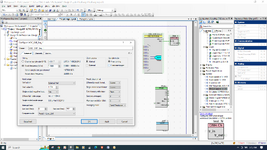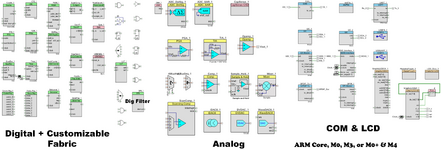Ifgad
Newbie level 5
Hello everyone,
I am looking for a microcontroller to replace a Teensy 4.0. The problem is that the Teensy doesn't cope well with high temperatures.
The specifications I'm looking for are as follows:
- High maximum operating temperature, at least 125 degrees Celsius
- Minimum 13-bit analog-to-digital converter (ADC)
- Capable of handling 1000Hz data sampling and high-frequency data shaping (~200Hz)
- Multiple analog inputs
- Serial communication
- Powered at 5V or less (preferably the minimum)
- I'd prefer to be able to download Arduino code onto it, or else in C
- Requires a simple assembly, not too many components
Many thanks to all
I am looking for a microcontroller to replace a Teensy 4.0. The problem is that the Teensy doesn't cope well with high temperatures.
The specifications I'm looking for are as follows:
- High maximum operating temperature, at least 125 degrees Celsius
- Minimum 13-bit analog-to-digital converter (ADC)
- Capable of handling 1000Hz data sampling and high-frequency data shaping (~200Hz)
- Multiple analog inputs
- Serial communication
- Powered at 5V or less (preferably the minimum)
- I'd prefer to be able to download Arduino code onto it, or else in C
- Requires a simple assembly, not too many components
Many thanks to all

